Jangsupungdengi Village (장수풍뎅이마을)
9.1Km 2025-01-10
Banwol-ri, Yuchi-myeon, Jangheung-gun, Jeollanam-do
+82-10-3110-6145
Located in the far upstream of Jangheung Dam, Jangsupungdengi Village preserves the natural environment. The village has a shiitake mushroom center, eco experience center, and beetle farming field where children and teenage students may visit and learn about the nature and its eco system. The village is also open to the general public for quality time in nature.
Yeongam Pottery Museum (영암도기박물관)
9.2Km 2025-01-09
5, Seohojeong-gil, Yeongam-gun, Jeollanam-do
+82-61-470-6851
Yeongam Pottery Museum is dedicated to promoting the history of pottery in Korea, starting from the oldest known pottery coming from Gurim Village. Visitors can learn about the history of this art form through exhibitions, educational programs, and hands-on experiences. Locally produced pottery is also available for sale. Nearby attractions include the Wangin Historic Site and Ha Jung-woong Museum of Art.
Worlindang (월인당)
9.7Km 2024-08-05
37-11 , Mojeong 1-gil, Yeongam-gun, Jeollanam-do
+82-61-471-7675, +82-10-6648-7916
Wolindang hanok stay in Mojeong Haengbok Village, Yeongam-gun, Jeollanam-do, is a year-round great spot for full moon watchers. Its traditional hanok features include red clay walls, daecheong (hall), ondol underfloor heating, and a numaru or upper floor - where visitors can take their tea. Outside is a fireplace for sweet potato baking or barbecues. Residents can enjoy a tea ceremony or sample natural dyeing or making red bean kalguksu (hand-cut noodle soup). The large grassy yard is decorated with interesting murals, and is often the site of outdoor ball games.
Wangbeot 165 (왕벚165)
10.7Km 2024-02-20
165 Wangin-ro, Seoho-myeon, Yeongam-gun, Jeollanam-do
Wangbeot 165 is a locally recommended Korean restaurant that excels in both taste and atmosphere. Its signature dish is dongchunghacho baeksuk (whole chicken soup with cordyceps), a hearty soup made with chicken, dongchunghacho (cordyceps), abalone, octopus, and various medicinal herbs, boiled to perfection. The ambiance of the hanok adds to the dining experience. Located near the site of the Historic Site of Wang In, where cherry blossoms bloom in spring, diners can enjoy their meal amidst the beauty of the blossoms.
Heukseoksan Recreational Forest (흑석산 자연휴양림)
14.9Km 2021-01-08
306, Sangol-gil, Haenam-gun, Jeollanam-do
+82-61-535-4812
Located at the base of Heukseoksan Mountain, Heukseoksan Recreational Forest is a recommended vacation spot with forest and valleys as well as beautiful azaleas on display during the azalea festival held every May. There are also nice lakes near the valley. In addition, visitors can enjoy general mountain cottages with special red-clay room, water playground, animal barracks and more.
Dongmun Maebanga (동문매반가)
15.2Km 2024-01-11
27 Sauijae-gil, Gangjin-eup, Gangjin-gun, Jeollanam-do
Dongmun Maebanga is where Dasan Jeong Yak-yong, a representative civil servant of the Joseon dynasty and a Silhak scholar, stayed after being exiled to Gangjin. It now operates as a restaurant that serves the curled mallow soybean paste soup he enjoyed. It is right across from Sauijae House, where Dasan lived and devoted himself to education and academic research, so it is recommended to look around before going for a meal. Its signature menu is “Dasan Set Menu,” which comes with the curled mallow soybean paste soup and pan-fried battered clams. Other dishes such as braised red stingray, sea snail salad, and spicy stir-fried marinated pork are all plentiful and delicious.
Haetae Sikdang (해태식당)
15.6Km 2024-02-16
6 Seoseongan-gil, Gangjin-eup, Gangjin-gun, Jeollanam-do
Haetae Sikdang specializes in Namdo-style hanjeongsik (Korean table d'hote), with the Haetae jeongsik (Haetae set menu) being the sole offering on its menu. This nutritious array of dishes is prepared using ingredients sourced from the rich natural environment of Gangjin. The selection of food varies seasonally, featuring Gangjin daehap (hard clams) in spring, minmul jangeo (freshwater eel) in summer, jeoneo (gizzard shad) and odori (raw shrimp) in autumn, and maesaengiguk (seaweed fulvescens soup) in winter, ensuring a diverse and fresh dining experience throughout the year.
Yehyang (예향)
15.8Km 2024-02-19
11-1 Boeun-ro 3-gil, Gangjin-eup, Gangjin-gun, Jeollanam-do
061-433-5777
Yehyang is a traditional Korean table d'hote restaurant that originated in 1930 on Yeongrang-ro in Gangjin. They offer set menus such as ye jeongsik, hyang jeongsik, and surasang, all served based on a portion size for four people. Using natural ingredients, they provide healthy and flavorful meals with dishes like hongeo samhap (skate, pork, and kimchi combo), tteokgalbi (grilled galbi patties), and bori gulbi (barley-aged dried yellow croaker).
Naju National Museum (국립나주박물관)
16.4Km 2022-02-04
747, Gobun-ro, Naju-si, Jeollanam-do
+82-61-330-7800
Naju National Museum displays artifacts found near the Yeongsangang River region and preserves artifacts excavated from throughout the Jeolla region.
While most national museums are found within the city, Naju National Museum is the first national museum to be located in a rural countryside. Its location provides a perfect relaxing atmosphere for visitors to take time and appreciate what the museum has to offer.
Although the museum may be isolated from urban cities, it uses modern technology to provide convenient museum experience. Naju National Museum is the first national museum to integrate NFC features within smart phones with the exhibition guide system for all exhibition halls. This integrated feature acts as a means to provide communication both ways, as visitors can receive information guides and upload them on social media via smart phones.
In addition to the collection of artifacts, the open-type storage rooms and the hands-on activities offered at the experience center provide opportunities to personally witness and experience the process of preservation and storage of cultural assets.
Bulhoesa Temple (Naju) (불회사(나주))
17.4Km 2024-02-19
1224-142 Dado-ro, Dado-myeon, Naju-si, Jeollanam-do
Bulhoesa Temple is a temple located in the middle of Deongnyongsan Mountain. It exudes a simple yet devout atmosphere. Behind it lies a beautiful forest of camellia trees. At the entrance of the temple, there are two stone Jangseung figures estimated to have been made around 1719. Jangseung is a traditional Korean cultural symbol believed to ward off evil spirits, and they are sculpted with comical expressions, providing an amusing sight for visitors.

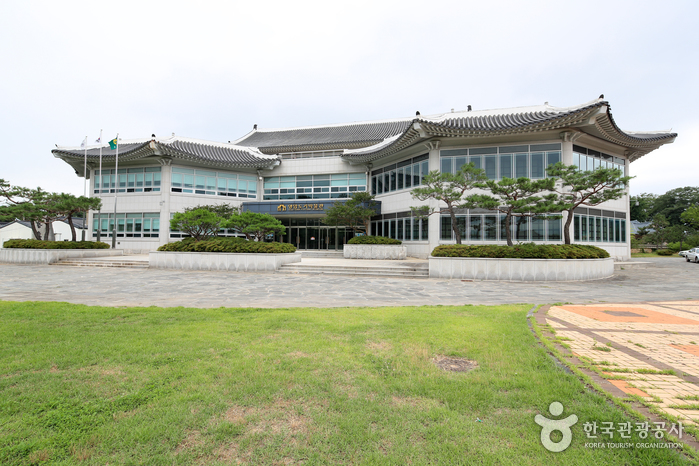
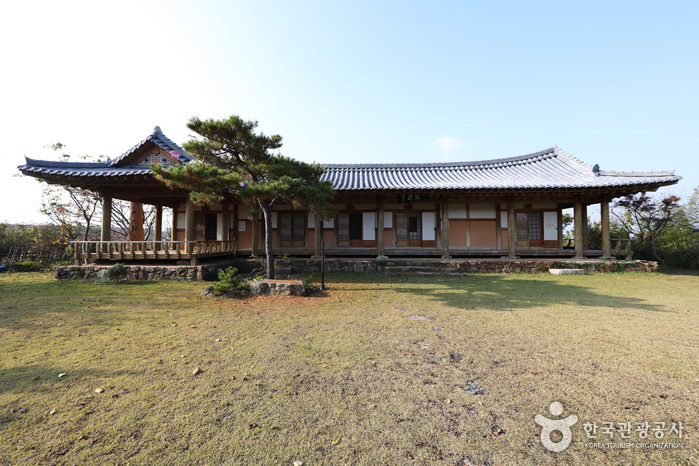
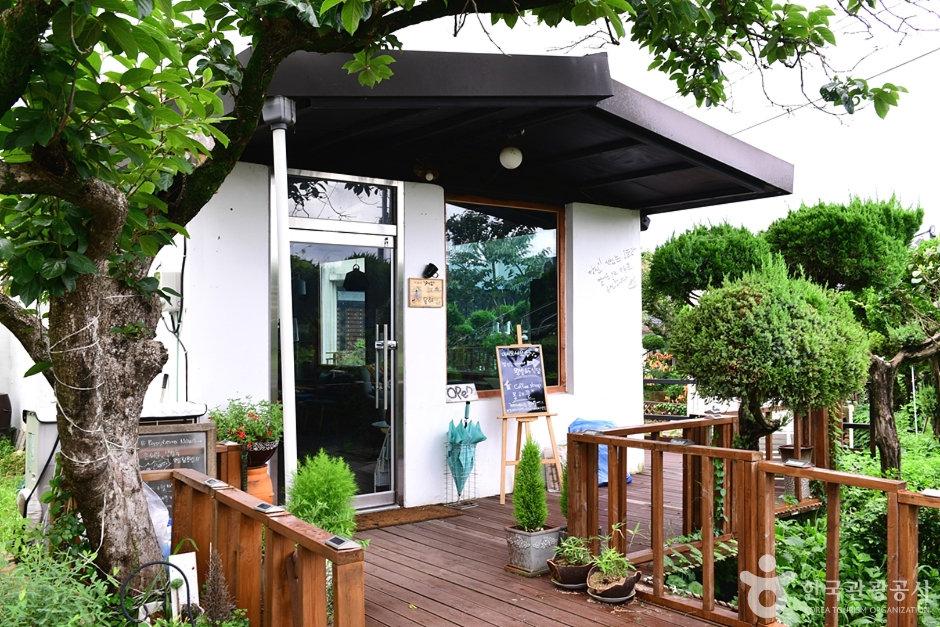
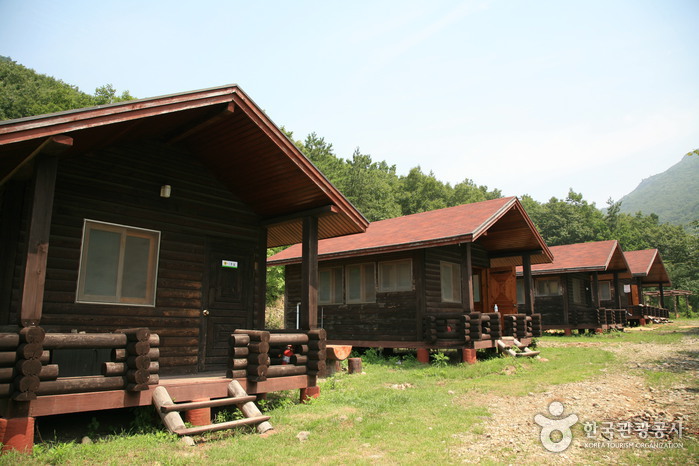
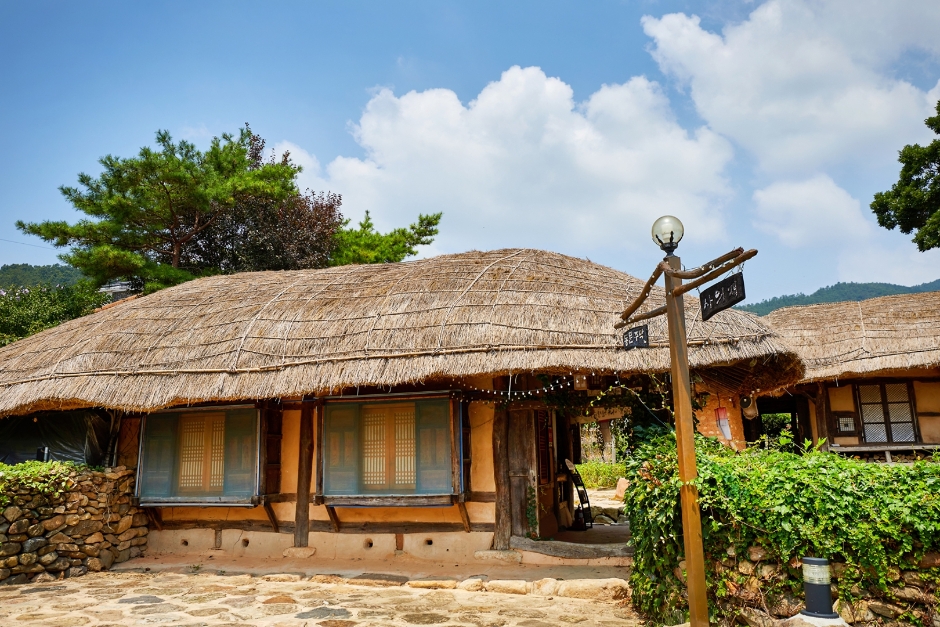
 English
English
 한국어
한국어 日本語
日本語 中文(简体)
中文(简体) Deutsch
Deutsch Français
Français Español
Español Русский
Русский